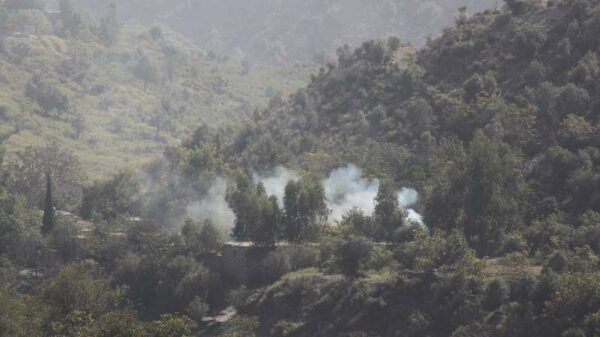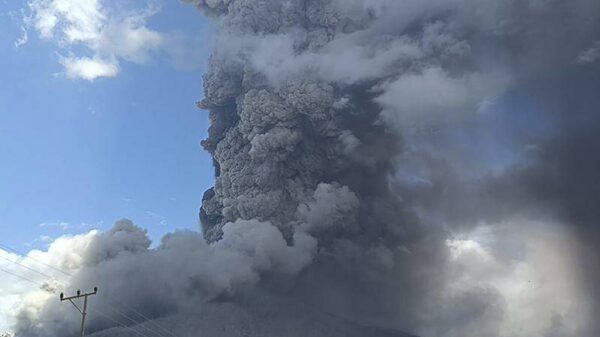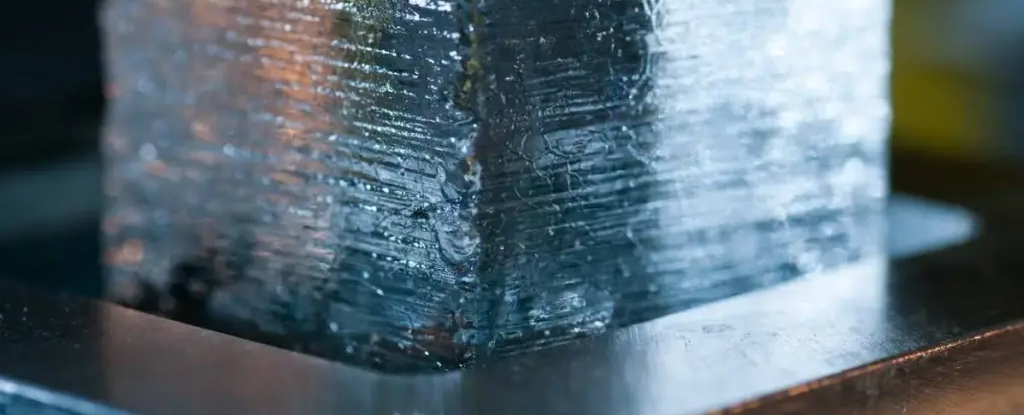A groundbreaking discovery in the European Alps has revealed a detailed climate record spanning the last 12,000 years, dating back to the last Ice Age. A team of scientists from the French National Centre for Scientific Research and the Desert Research Institute (DRI) Ice Core Lab in Nevada analyzed a 40-meter (131-foot) ice core extracted in 1999 from the Dôme du Goûter, part of the Mont Blanc range that crosses France and Italy.
The ice core provides a comprehensive Alpine record of atmospheric and precipitation chemistry, offering valuable insights into climate conditions during significant historical periods. According to DRI Ice Core Lab hydrologist Joe McConnell, “For the first time, we have a fairly complete Alpine record of atmospheric and precipitation chemistry going all the way back to the Mesolithic Period.” This data is crucial, as it encompasses two major climate states—glacial and interglacial—allowing researchers to understand aerosol concentrations during extreme climate changes.
Insights into Historical Climate Patterns
The geographical significance of this ice core is paramount. Unlike samples taken from more remote regions, the ice collected in the Alps provides a clearer picture of local environmental conditions during a time when human populations were expanding. Researchers can analyze particles such as dust, sea salt, sulfur, and soot to gauge climate variations over millennia. The ice core chronicles a period from the hunter-gatherer lifestyle through the advent of agriculture and animal domestication.
Initial findings indicate that during the last Ice Age, summers in the Alps were approximately 3.5 °C cooler than today, while the average temperature across western Europe was around 2 °C cooler. Additionally, the research team discovered that by examining phosphorus levels released by plants, they could track vegetation changes over the past 12,000 years. The study suggests that forest coverage increased during warmer climatic periods but has declined in modern times due to human development and land-clearing activities.
Geoscientist Susanne Preunkert from Grenoble Alpes University expressed excitement about the discovery, stating, “It’s exciting to find the first ice core from the European Alps containing an intact record of climate that extends back through the current ten-thousand-year warm period and into the very different climate of the last ice age.”
Advancing Climate Research
After being stored for 25 years, the ice core’s age has now been accurately assessed using advanced chemical analysis techniques, including the measurement of carbon and argon isotopes. Researchers are also investigating sea salt concentrations to better understand historical wind patterns and to enhance climate models that link sea salt, cloud formations, and solar radiation.
McConnell emphasized the importance of developing robust climate models, stating, “If you’re really going to go back and examine all possible climate states, past and future, you need a model that captures true climate variability.” He added that for these models to be effective, they must be validated against observable data, which is where ice cores play a vital role.
The findings from this research have been published in the journal PNAS Nexus, marking a significant step forward in understanding the climatic history of Europe and its implications for future climate research. This study not only enriches the scientific community’s knowledge but also underscores the importance of historical climate data in addressing contemporary environmental challenges.






























































